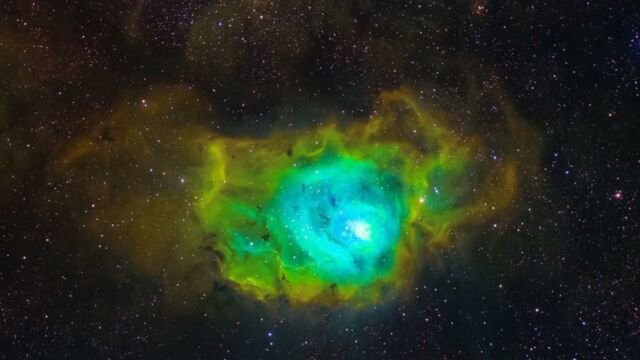Scientists believe they finally know what will happen to the sun once it consumes all of Earth. Not only do they have an idea of its outcome but they also believe to have predicted when this will occur.
Discover our latest podcast
A giant red ball of fire
According to researchers, in about five billion years, the sun will eventually become a giant red ball of fire before vanishing into a planetary nebula—a luminous bubble of gas and dust. This theory first emerged in 2018 but was quickly dismissed for lack of sufficient evidence.
In more recent times, a team of international researchers have concluded that the core of the sun will shrink but have its outer layers expand wide enough to engulf Earth if it manages to still be there by the time the sun self-implodes.
However, scientists say that this would only be the case if Earth was somehow able to survive that long considering the state of the declining environment.
Will Earth survive by the time this happens?
In addition, every year, the sun's brightness expands by 10% meaning that by the time the sun would become a red giant, it will have doubled in brightness. Increased brightness would mean that the Earth's global water supply will have fully evaporated rendering it impossible to sustain any form of life.
Albert Zijlstra, an astrophysicist from the University of Manchester and co-author of the study, explained that:
When a star dies it ejects a mass of gas and dust – known as its envelope – into space. The envelope can be as much as half the star's mass. This reveals the star's core, which by this point in the star's life is running out of fuel, eventually turning off and before finally dying.
And added:
It is only then the hot core makes the ejected envelope shine brightly for around 10,000 years – a brief period in astronomy. This is what makes the planetary nebula visible.
Not only do we now have a way to measure the presence of stars of ages a few billion years in distant galaxies, which is a range that is remarkably difficult to measure, we even have found out what the Sun will do when it dies.















